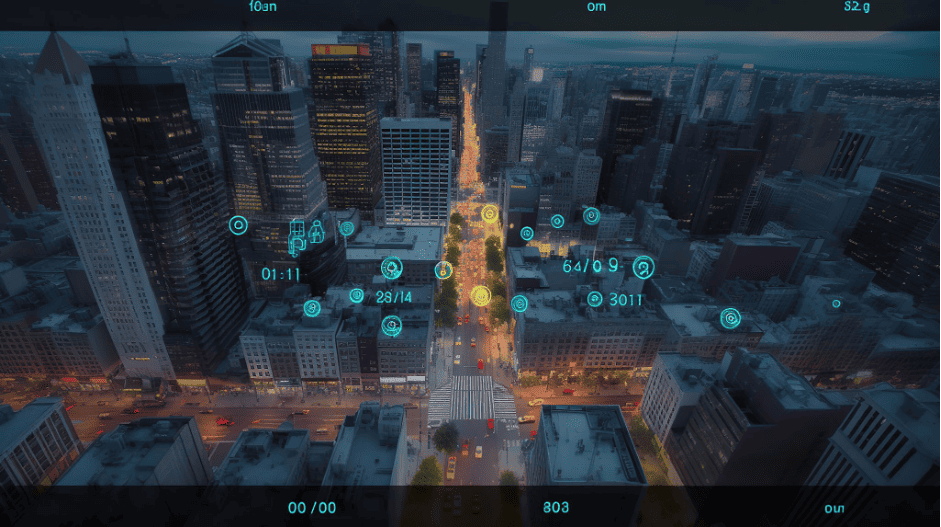In the era of digital transformation, digital twins have emerged as an innovative technology that has revolutionized various industries. A digital twin is a real-time virtual replica of a physical object, process, or system. By collecting real-time data and enabling simulation, digital twins empower organizations to gain a deep and accurate understanding of their operations, facilitating decision-making, optimizing performance, and generating competitive advantages.
Elements that make up a digital twin
A digital twin is composed of several key elements that work together to create an accurate virtual replica of its physical counterpart. These elements include:
- Modeling and Simulation: The core of a digital twin lies in its mathematical model and simulation algorithms, which faithfully represent the characteristics and behaviors of the physical object or system.
- Real-Time Data: Digital twins are fed with real-time data from sensors, IoT devices, or other sources, capturing information about the state and performance of the physical object.
- Connectivity: The ability to connect with the physical object enables the transmission of real-time data and ensures that the digital twin remains up-to-date and synchronized with its physical counterpart.
- User Interface: An intuitive and user-friendly interface allows users to interact with the digital twin, visualize data, run simulations, and perform detailed analyses to gain a better understanding of the behavior and trends of the physical object.
Main characteristics of a digital twin
Digital twins possess several key characteristics that distinguish them as a powerful tool in the digital era:
- Realism and Accuracy: Digital twins are capable of faithfully recreating the characteristics and behavior of their physical objects, providing a precise real-time representation.
- Predictive Analysis: By leveraging real-time data and simulation models, digital twins can perform predictive analysis and «what-if» scenarios. This allows for anticipating potential issues or improvements and making informed decisions.
- Optimization and Efficiency: Digital twins enable the identification of inefficiencies, bottlenecks, or areas of improvement, allowing for the optimization of performance and maximization of efficiency in the physical object or system.
- Predictive Maintenance: By constantly monitoring the state and performance of the physical object, digital twins can anticipate failures and issues, enabling predictive maintenance and reducing costs and unplanned downtime.
Sectors that benefit from the use of a digital twin.
Digital twins have applications in a wide range of sectors, including:
- Manufacturing: Digital twins enable the optimization of production processes, simulation of manufacturing scenarios, improvements in the supply chain, and streamlined asset management.
- Energy and Utilities: Digital twins facilitate the monitoring and optimization of electrical grids, renewable energy plants, and water supply systems, enhancing efficiencyand sustainability.
- Healthcare: In the field of medicine, digital twins can be used for organ simulation, medical imaging analysis, surgical planning, and the development of personalized therapies.
- Transportation and Logistics: Digital twins allow for more efficient management of vehicle fleets, route optimization, traffic analysis, and simulation of logistics operations.
We would like you to be part of Fisotecthrough upcoming «Did you know?» segments. Feel free to send us your proposals at hello@fisotecsolutions.com


